Editors’ Choice: Shimoda Action X50 V2 Backpack
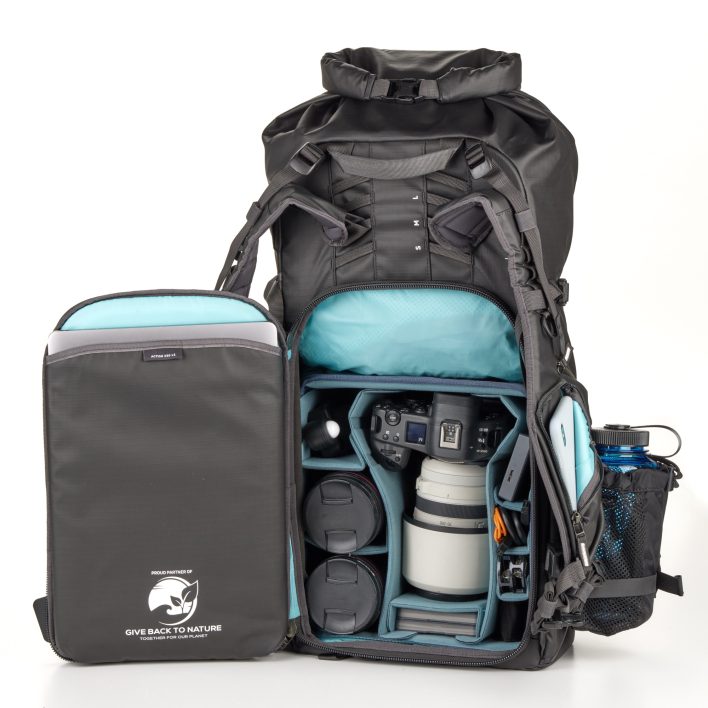
Like Harry Potter’s Room of Requirement, the Shimoda Action X50 v2 can turn into just about anything. Like all of Shimoda’s products, this pack is designed specifically for adventure photography, and while the Action X50 v2 may not be purpose-built for skiing, the second iteration of this 50-liter backpack is made to accommodate a variety of action sport photographers. According to our tester, “There’s a great variety of pockets, from small to large, that help keep gear organized.” The main compartment is designed to fit the company’s Core Unit Modular Camera Insert System ($50-$160)—a protective cubby system for professional-size DSLR cameras—that’s sold separately.
When it comes to the skintrack, a helmet carry feature can be added. There’s also a plethora of exterior attachment points for skis, ice axes or tripods, and our tester verified the laptop sleeve doubles as an adept avalanche pocket. “The separate external pocket for avalanche equipment is designed perfectly to fit a shovel and probe, and the small phone-sized pockets on the straps are perfect for snacks or camera batter- ies, offering easy access,” she found. Plus, a side-access pocket allows access to the main compartment with the pack still on, though our tester found it clunky to use for quick camera retrieval and stowage.
The shoulder straps were another highlight. “The strap adjustment system is excellent, offering a customizable fit for various body types,” she explained. “The pack also includes female-specific straps, which feature one zippered pocket and one mesh pouch, unlike the men’s version, which has two zippered pockets.” She did wish the women’s straps came with both pockets, as she found them quite handy. To complement the customizable straps, the frame features 9 centimeters of adjustability and four height options for a one-size-fits-all pack.
When our tester was out touring and shooting, she noted the importance of separating her soggy ski gear from precious camera equipment. So, she appreciated the separate top compartment that could keep layers, snacks, water and skins away from her tech and made organization easier on the fly. The pack has a front zipper that can access both pockets and an adjustable roll-top for bigger days in the mountains. “The roll-down top is great for expanding storage capacity, but it does let some snow in,” our tester noted. She thought if you rolled it enough the pack would seal, but struggled to find the sweet spot herself.
Peak Design Camera Cubes

“Flexible yet sturdy,” said our tester. She found the different size options easily fit into any pack without sacrificing padding. The smaller cubes effectively stored additional lenses and batteries, she explained, while the larger options could hold camera bodies too. The internal FlexFold dividers provide tailorable organization and quick gear retrieval. “If your pack has internal connection loops, Peak Design’s new ‘c-clips’ will help you secure the cube within your pack,” the tester explained. Plus, she joked that “if you forget to zip your backpack and your friend sprays you with pow,” the 160D recycled nylon Versa Shell and weather-coated #8 Ultra Zips will keep your gear dry. These cubes aren’t your lightest option, but our tester said the versatility is worth the grams. “Cubes are a great investment for folks who want a protective pack solution that isn’t bound to one backpack or season.”
Where to buy
Osprey Photolid

Osprey’s PhotoLid, a removable brain with three internal, moldable EVA foam camera compartments, is made to be added to any Osprey pack. The exterior of the PhotoLid is 100%-recycled polyester and features a PFA-free DWR treatment. After swapping the PhotoLid onto her Osprey pack, our tester confirmed, “With your camera stored away from other gear in the PhotoLid, you’ll lower the chances of snow sneaking in and dampening your precious dry puffy.” She gave the lid bonus points for fitting summer backpacking packs as well, but did complain that it forces a lot of weight into the top of her pack. She added that it wouldn’t accommodate most professional-sized cameras. However, for the interested layman, our tester concluded, “This is an easy-access solution to bringing your camera and an extra lens along for the tour while leaving plenty of space for your backcountry essentials!”
Where to buy
Peak Design Capture Clip
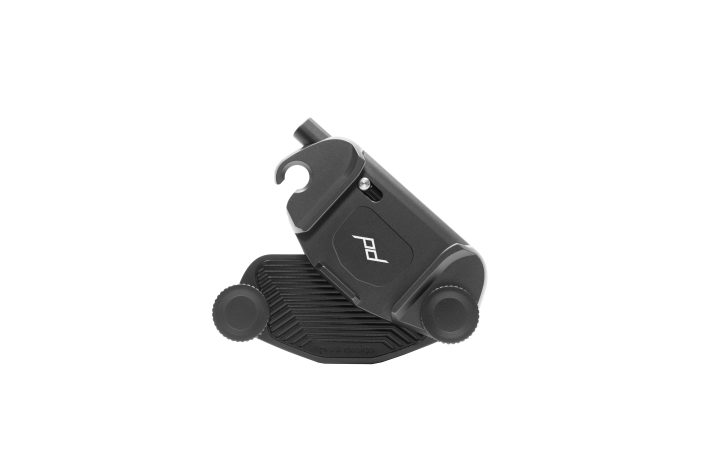
“Having access to your camera system on the outside of your pack can be the difference between getting the shot and missing it,” said our tester. “Things happen quickly in the mountains and fast access can be a game changer.” The Peak Designs Capture Clip is an aluminum device that secures a camera to a shoulder or chest strap for quick access with a button-push. Our tester was impressed with the 3-ounce weight and confidence-inspiring durability, saying, “The locking mechanism on the clip makes for reliability when securing thousands of dollars’ worth of equipment to your backpack strap.” She found that connecting the camera plate to the clip while out in the field did slow her down but may just require practice. “Overall, the intuitiveness of the capture clip makes it a must-have for folks capturing action sports in the mountains,” she summed up.
Where to buy
DJI Air 3
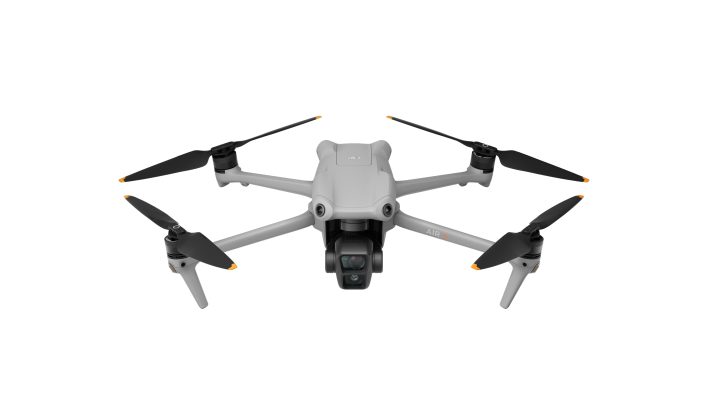
The DJI Air 3 is “a prosumer level drone for the serious amateur aerial photographer,” said our tester who’s worked professionally in and around photography for the last 15 years. While he acknowledged that DJI is famous for their ease of set up and operation, he didn’t find that to limit the capability for advanced users. “The interface and controls are straightforward, and its dual camera setup is simpler than the triple camera of the Mavic,” he explained, recommending this drone for beginner and intermediate users. Compared to its beefier (and twice as expensive) Mavic sibling, the Air 3 lacks the 4/3 CMOS Hasselblad sensor, instead favoring a dual camera setup—employing a 1/1.3-inch wide-angle camera and a 1/1.3-inch medium tele camera. Our tester found, for an amateur, this provided “excellent image and video quality.” He also appreciated the 46-minute battery life. “Super portable and light,” he concluded.
Where to buy
F-Stop Tilopa 50L Duradiamond

The key to the Tilopa 50L DuraDiamond is its Interchangeable Camera Unit (ICU)—customizable cubbies for camera equipment. “F-Stop’s varying ICU sizes allow the user to build out the packs’ interior to fit their camera and accessory needs,” said our Teton-based photographer and tester. Outside of camera capabilities, it worked as a backcountry backpack too. “The pack sits nicely above one’s hips, providing ideal weight distribution for long days out in the mountains with a heavy pack,” she said. “The large pocket on the front of the pack provides ample room for shovel and probe storage while out in the mountains.” Our tester praised the feature-rich pack for its easy access external pockets, a full, supportive waistband, external straps for additional gear and its light weight: 4.2 pounds. Her only qualm was that the pack felt stiff when fully loaded.
Where to buy
Hyperlite Mountain Gear Camera Pod
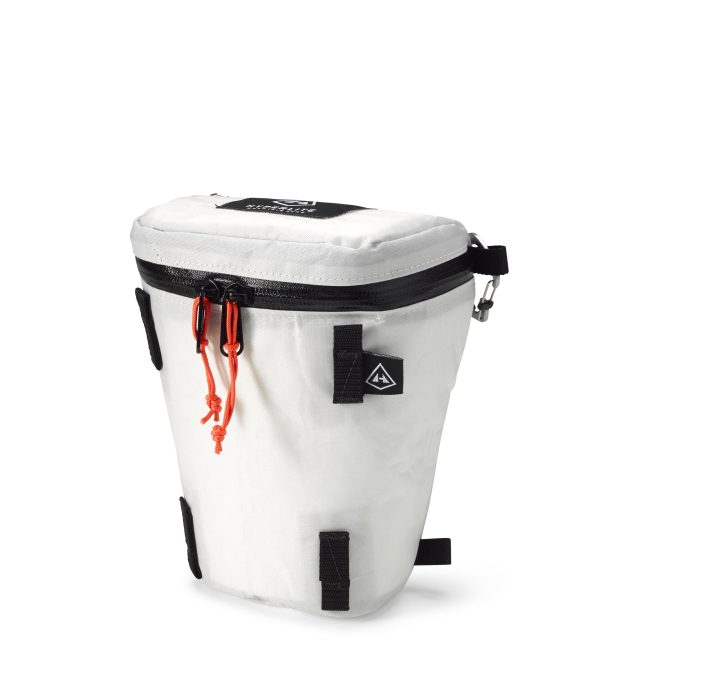
“Typically worn on the chest or waist, the Camera Pod provides quick, easy access to your camera for capturing moments on the go,” explained our tester who found the Hyperlite pod “provided a safe, dry home for our cameras that was always at the ready.” She gave high praise to the eight attachment points, which allowed her to lash the 80-gram, Dyneema pod to her pack in a number of different configurations. When the pod was attached to the chest strap, it made getting her pack off difficult. As for sizing, she said, “Pay close attention to the size that you’re purchasing, as the Regular ($119) size will only accommodate small point-and-shoot cameras and small lenses.” The pod also comes in a Large ($139), which accommodates a DSLR camera body and lens.
Where to buy
These reviews were originally published in Issue No. 160. To read more, pick up a copy, or subscribe to read our gear reviews earlier when they are published in print.
*Affiliate link disclaimer:
At Backcountry Magazine, we are committed to providing you with honest and informative gear coverage. To support our work and continue delivering quality content, we are including affiliate links in our reviews. Partnerships with retailers are separate from coverage, ensuring that our reviews remain unbiased. These links help us earn a small commission if you make a purchase through them, at no additional cost to you.






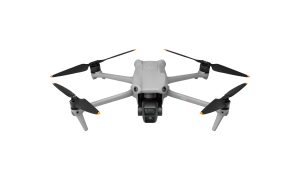

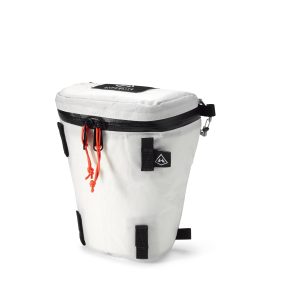
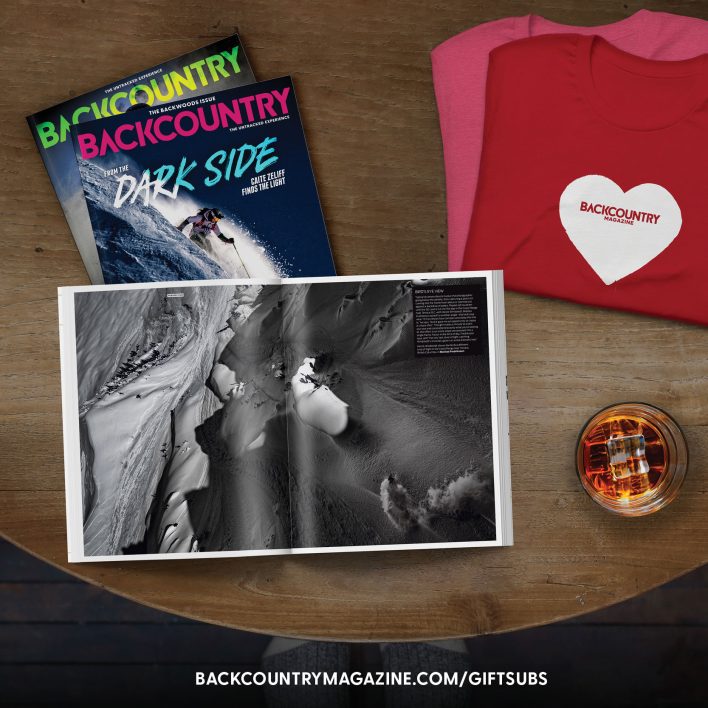
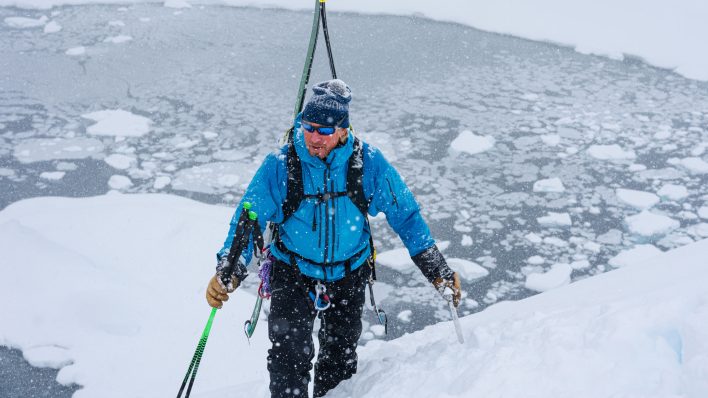
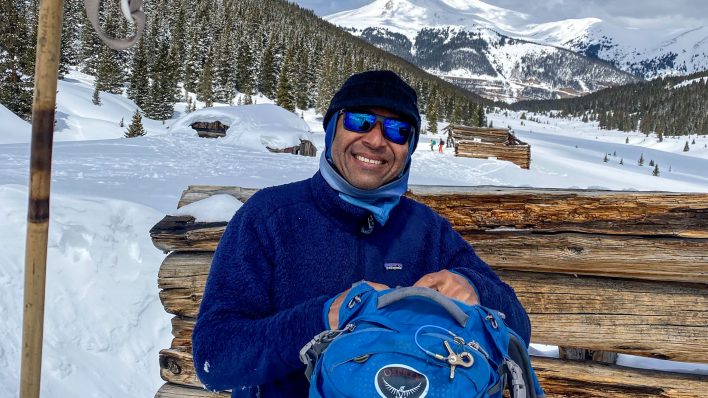
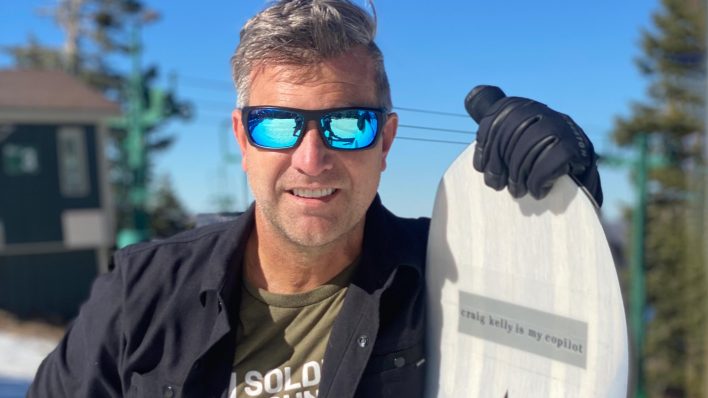
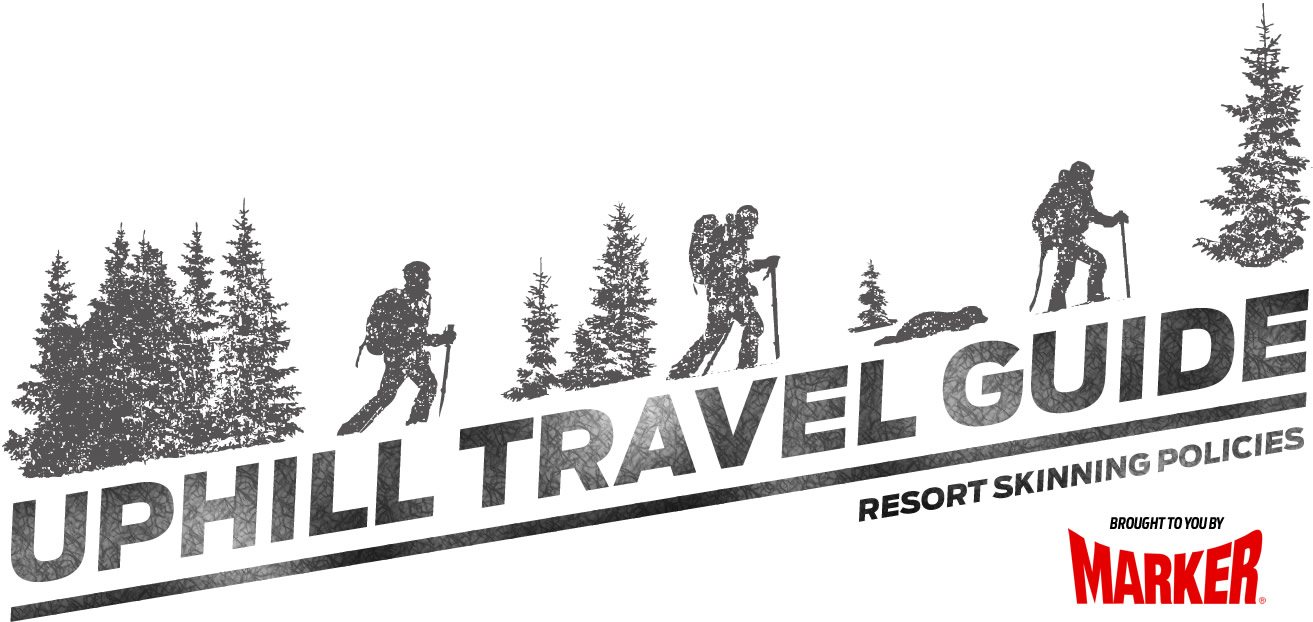
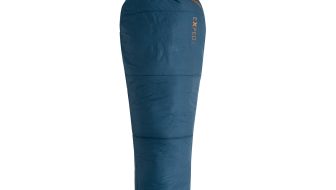
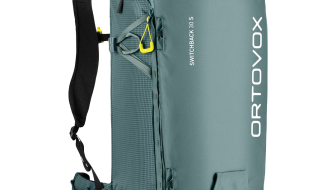

Related posts: